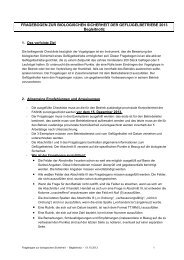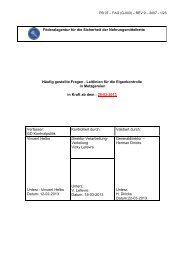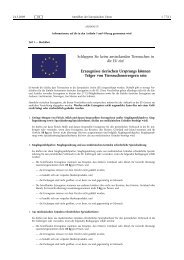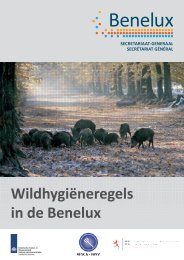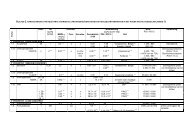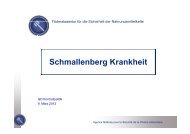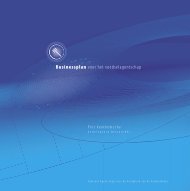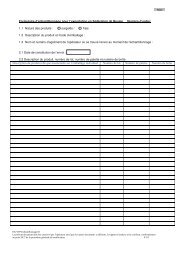Titre de la formation Symposium CIP - Favv
Titre de la formation Symposium CIP - Favv
Titre de la formation Symposium CIP - Favv
You also want an ePaper? Increase the reach of your titles
YUMPU automatically turns print PDFs into web optimized ePapers that Google loves.
Agence fédérale<br />
pour <strong>la</strong> sécurité<br />
<strong>de</strong> <strong>la</strong> chaîne alimentaire<br />
DG Laboratoires<br />
what will happen with existing TC and TK specifications. The situation will be c<strong>la</strong>rified<br />
and FAO/WHO will manage the changeover. The chairman informed participants that<br />
when the JMPS reconvenes its closed meeting after the open meeting it will discuss the<br />
proposal further. However, opinion/comments shall be sought on the issue from<br />
governments and industries through wi<strong>de</strong> circu<strong>la</strong>tion. The <strong>de</strong>adline would be the end of<br />
October 2006. It was further pointed out by industry that preferably tolerance limits can<br />
be kept as +/– g and not as %.<br />
9. Status, review and publication of <strong>CIP</strong>AC methods<br />
Mr Laszlo Bura presented the position paper in <strong>de</strong>tail, informing participants that the<br />
i<strong>de</strong>ntification of obsolete methods has been an issue for many years. Handbook one was<br />
published in 1970, and since then science and technology have moved on. The<br />
systematic review process that was agreed in Utrecht has been adopted and will now be<br />
implemented. This will take into account the existing FAO/WHO methods, origin and<br />
year of adoption, techniques used, including avai<strong>la</strong>bility of solvents and consumables,<br />
and current usage of the active ingredient. Initially, such product in<strong>formation</strong> shall be<br />
tabled as per format. The review will start with the ol<strong>de</strong>st book. A priority list of methods,<br />
both analytical and MT, will be ranked from obsolete to state-of-the-art, discussed with<br />
FAO/WHO and industry and regu<strong>la</strong>rly updated. Once the obsolete methods are<br />
i<strong>de</strong>ntified, they will be listed in a negative list of <strong>CIP</strong>AC methods that are no longer<br />
supported. For these, no method extension would be possible but they could still be<br />
used for special purposes. The job will be un<strong>de</strong>rtaken by a task force of <strong>CIP</strong>AC<br />
members who will draw up the list for consi<strong>de</strong>ration within <strong>CIP</strong>AC TC and council<br />
meetings followed by presentation in the JMPS meetings.<br />
10. Proposed new/exten<strong>de</strong>d <strong>CIP</strong>AC analytical and physical test methods<br />
The principle of the <strong>CIP</strong>AC co<strong>de</strong> number system was exp<strong>la</strong>ined in response to the query<br />
raised by Dr Hamilton and Dr Woods. (for <strong>de</strong>tails see www.cipac.org; "What are <strong>CIP</strong>AC<br />
co<strong>de</strong> numbers?"). In addition, the intention of the "8000er" numbers was c<strong>la</strong>rified.<br />
11. Review and publication of FAO and WHO specifications for pestici<strong>de</strong>s<br />
From 2002 to 2006, the JMPS has consi<strong>de</strong>red at total of 86 compounds: 41 FAO, 19<br />
WHO and 26 joint. Details are presented below.<br />
16/25<br />
LAB 00-F 6.2-01-v.01-2006-


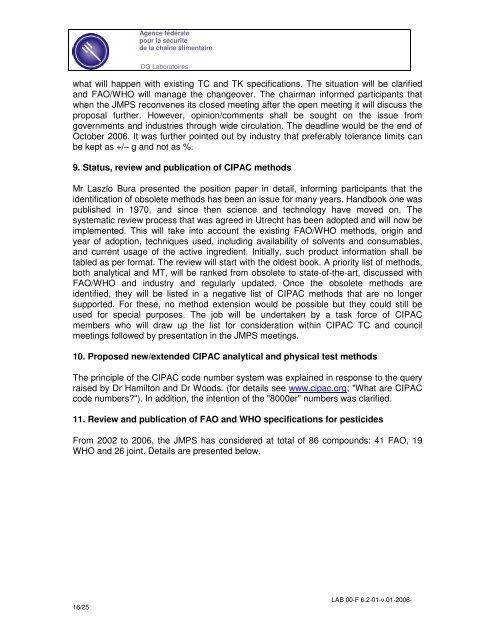
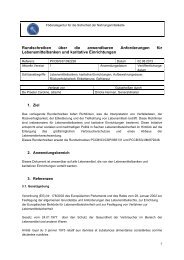
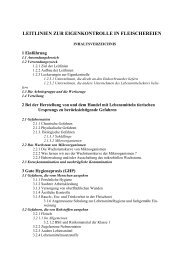

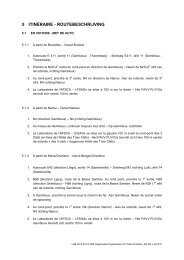
![DPA 2298 Schweine: Aujeszky-Impfung [2298] v2 - FAVV](https://img.yumpu.com/22032815/1/184x260/dpa-2298-schweine-aujeszky-impfung-2298-v2-favv.jpg?quality=85)
